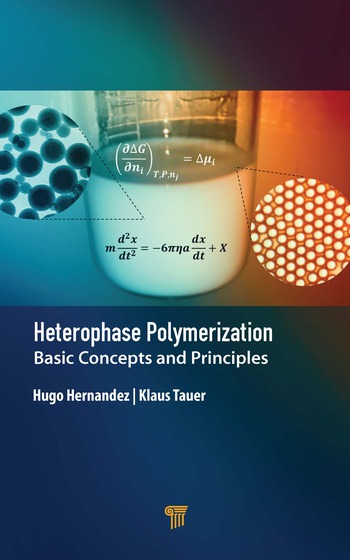Ask Dr. Dave
February 2004
Questions for publication should be directed to Dr. Dave Dunn at 242 Trails End, Aurora, OH 44202. 330-562-2930, FAX 253-681-8460, e-mail DrDave242@att.net .
Question:
We are using adhesives to fill the annular gap between two concentric pipes. The inner pipe carries fluid at 150Answer:
Differences in thermal expansion coefficients between substrates and adhesives can cause big problems in many applications. Adhesives generally have thermal expansion coefficients some 4 to 10 times higher than metals and this can create large stresses in the joints on temperature cycling; these stresses will often cause debonding from the surfaces. The solution to the problem usually involves a complete joint re-design to eliminate the stress buildup (this sounds unlikely to happen in your situation), modifying the thermal expansion coefficient of the adhesive, or making the adhesive more flexible so the stresses can be dissipated. High levels (30-60%) of a silica filter, for example, that has a very low thermal expansion coefficient will bring your adhesive much closer to the expansion coefficient of the steel. The other approach is to make your adhesive much more flexible by incorporating elastomers - it certainly is acting more as a sealant than an adhesive. Obviously, maximizing adhesion to the surfaces is important in sealing as well, and be sure to incorporate suitable adhesion promoters into the adhesive or use a primer on the metal before bonding.Question:
We want to make electrically conductive adhesives, but we see that most are made using silver and gold as conductive fillers. These metals are expensive. Why can't we use copper?Answer:
Copper is certainly the metal to choose from an electrical conductivity point of view. Unfortunately, it has one distinctly negative feature: it oxidizes in air and the resultant copper oxide surface is not electrically conductive. This means that if you formulate an adhesive using copper as the filler, it will initially have high conductivity but will rapidly lose that conductivity on aging. Precious metals do not have this limitation - for example, silver oxide is electrically conductive. One recent approach to lowering the cost of these adhesives and maintaining high electrical conductivity is to use a filler that consists of copper coated with silver. Fillers of this type are now readily available.Questions for publication should be directed to Dr. Dave Dunn at 242 Trails End, Aurora, OH 44202. 330-562-2930, FAX 253-681-8460, e-mail DrDave242@att.net .
Looking for a reprint of this article?
From high-res PDFs to custom plaques, order your copy today!





